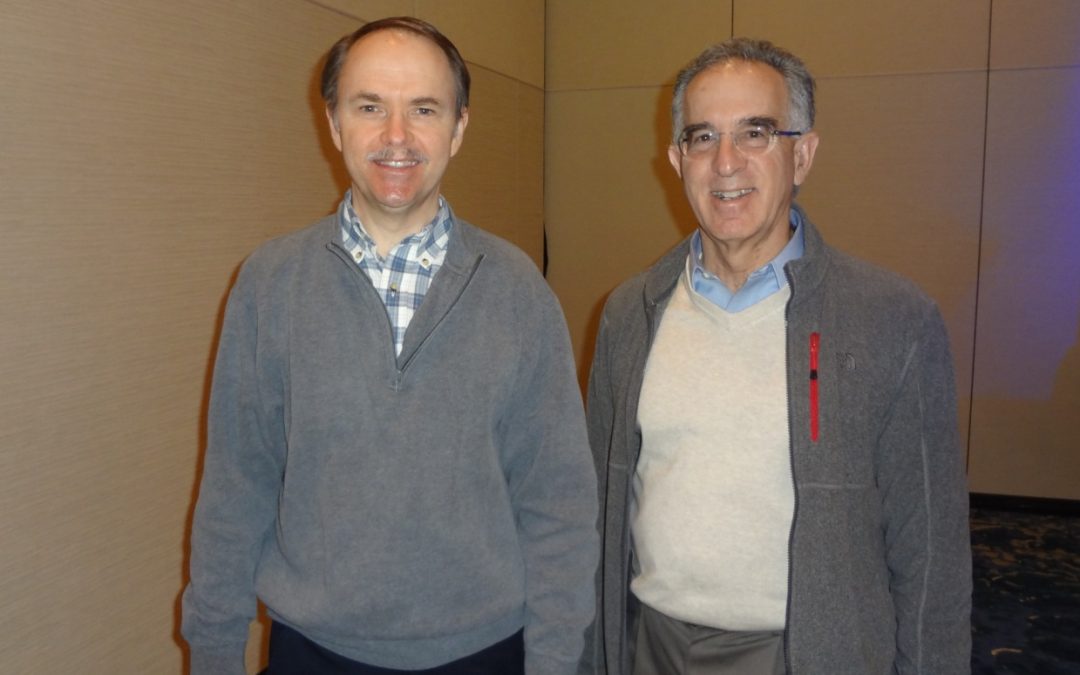In the Fall 2016 issue of Tinnitus Today, ATA’s magazine, Bryan Pollard and Daniel Fink, M.D., (pictured above) discuss this critical question: What IS a safe noise level? When does environmental noise exposure start causing hearing loss? The correct answer to this question underlies a renewed effort to protect our hearing. While research is needed to better understand what is a safe noise level for hyperacusis sufferers depending on their condition, we have plenty of evidence to know the safe noise level for healthy ears. The safe decibel level is not as high as your probably think it is.
Many sources state or imply that sounds as loud as 85 decibels (dB) are safe and are “unlikely to cause damage.” This is wrong. The only evidence-based safe noise level for hearing is a surprisingly low 70 dB average noise exposure for 24 hours. Hyperacusis sufferers should use this as a starting reference point and many probably need to consider even lower decibel levels for safe noise levels.
Read the full article here starting on page 12. Starting on page 9 in the same issue, Bryan Pollard gives the history of the formation of Hyperacusis Research in an article titled: “Hyperacusis: A Journey of Discovery.”
Note: There is a correction for the opening of the article. 85 decibels has 31.6 times more sound power than 70 decibels. For more on the complex math behind the many different parameters of sound measurement – see this link.


Should automatic sound be permitted in mostly all restaurants…at such levels that exceed human speech dB levels? I read that it improves profitability.